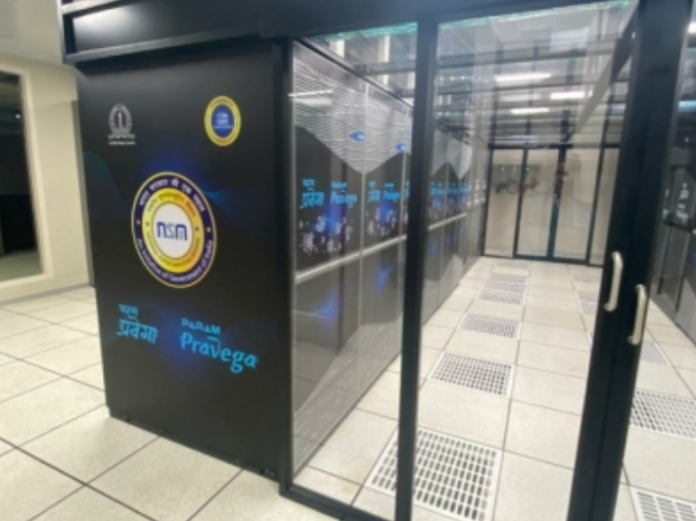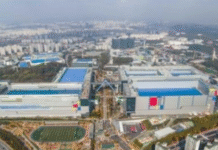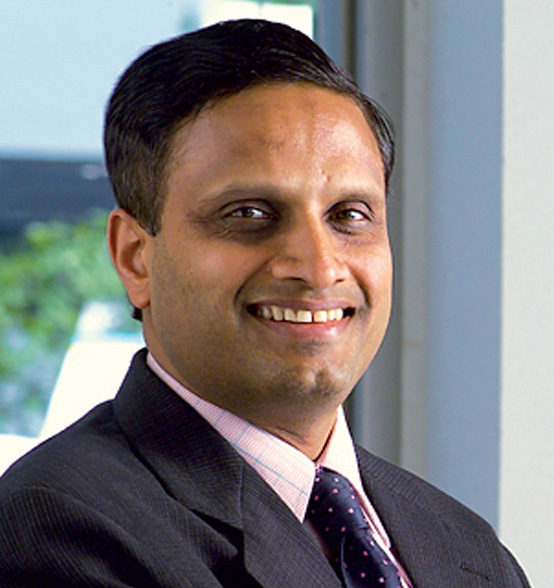NEW DELHI — India has deployed 34 supercomputers with a combined computing power of 35 petaflops (10 lakh gigabytes) across the country under the National Supercomputing Mission (NSM), the Ministry of Electronics and IT announced on Monday.
These supercomputers have been installed at leading academic institutions, research organizations, and R&D labs, including the Indian Institute of Science (IISc), various IITs, the Centre for Development of Advanced Computing (C-DAC), and several institutions in Tier-II and Tier-III cities.
The systems boast an impressive utilization rate, with an overall average exceeding 85% and some systems operating at over 95% capacity, reflecting high efficiency and demand, according to the ministry.
The supercomputing infrastructure has significantly bolstered India’s R&D landscape, supporting over 10,000 researchers, including 1,700 PhD scholars from more than 200 institutions. These resources have powered critical research in areas such as drug discovery, disaster management, energy security, climate modeling, astronomy, computational chemistry, fluid dynamics, and materials science.
NSM has also democratized access to high-performance computing (HPC) resources, enabling researchers from smaller cities to pursue advanced studies. Collectively, these researchers have completed over 10 million compute jobs and published more than 1,500 papers in national and international journals.
In addition to fostering academic research, more than 22,000 individuals have been trained in HPC and artificial intelligence (AI) skills. Start-ups and MSMEs are also leveraging these resources to drive innovation in HPC-based projects.
C-DAC has further strengthened India’s supercomputing capabilities by developing Trinetra, an indigenous high-speed communication network that enhances data transfer between computing nodes.
In 2024, Prime Minister Narendra Modi dedicated three PARAM Rudra supercomputers—located in Pune, Delhi, and Kolkata—to the nation’s young researchers, scientists, and engineers. These systems are advancing research in physics, earth sciences, and cosmology.
The NSM continues to play a pivotal role in enhancing India’s scientific and technological capabilities, driving innovation and research across sectors. (Source: IANS)








